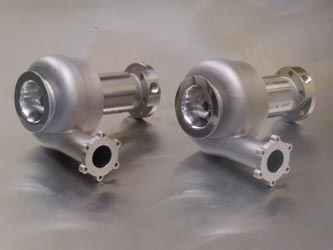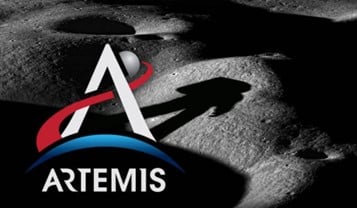Continuing on the topic from my previous blog, Getting Real – Advanced Real Gas Models, the counterpart to the perfect gas model for liquids is the “ideal liquid” model. The ideal liquid model is very simple and is defined as:
Density = constant
Specific heat = constant
Sonic velocity = constant
Viscosity = constant…. or a simple temperature function
That’s a pretty simple implementation. In fact, it is even simpler than that in practical terms since the specific heat and speed of sound rarely impact the performance numbers for pumps that people actually care about, like pressure rise and efficiency.
For the vast majority of pump applications, the temperature change of the liquid across the device is very small. Properties like viscosity, and to a lesser extent, density, may vary with temperatures, but since the temperature change in the actual machine tends to be minimal, no fancy models are generally needed. Just set your properties according to the inflow state conditions and you’re on your way.
 Rocket Turbopumps From Concepts NREC
Rocket Turbopumps From Concepts NREC
Without getting into semantics about what exactly defines a “pump”, there are rare exceptions to the rule. Liquid hydrogen pumps, used for rocket engines, do show significant compressibility and variable properties. Also, applications near the critical point show very large variation in properties, but this brings us back to semantics again. Turbomachinery of this type is more often referred to as a “compressor”, though the term “pump” is sometimes kicked about. One not so rare exception to this simple fluid modeling is cavitation. Cavitation occurs when fluid drops below the vapor pressure and essentially boils into a gas phase. This phase change can seriously affect the performance of the pump and any attempt to capture it numerically requires a fancier fluid model.
So, for all you pump people out there, rest easy knowing your thermodynamic requirements are a little easier for you than for most of your turbomachinery counterparts. Lucky!
Blogs in this series:
Fluid Phenomena Primer: Energy Versus Temperature, Specific Heat
Phase Change - Make Mine a Double!
When Perfect is Good Enough - Perfect Gas Models
What's Better than Perfect? Semi-Perfect Gas Models
Going Through a Phase – Modeling Phase Change with Cubics
Getting Real – Advanced Real Gas Models
Fluid Modeling: Liquified
The Ultimate Fluid Model: Non-Equilibrium Modeling



 Rocket Turbopumps From Concepts NREC
Rocket Turbopumps From Concepts NREC
